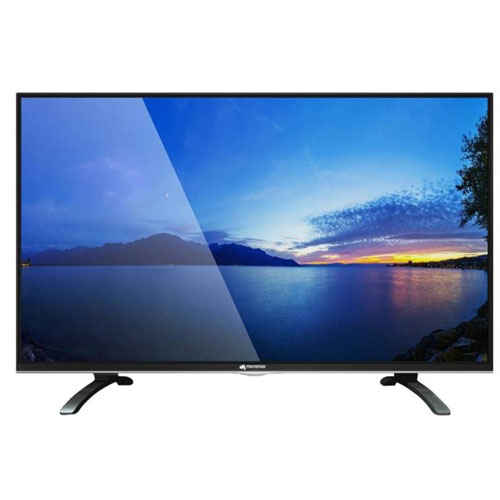LED televisions are very popular. Rrndividuals are replacing cathode ray televisions with modern LED TVs in good sized quantities. Some consumers visit their local electronic super store and get a model an element time salesperson says is better. The consumer looks briefly at the picture for the LED TV display unit. A sale takes place when the picture looks good along with the sound is ok based on the consumer. Smart consumers make time to educate yourself on the technology aspects of an LED TV before making a purchase order. The purpose of this article is to aid consumers understand technology since it refers to choosing LED televisions.

Before LED TV technology, televisions were the cathode ray type. An estimated ray of charged particles struck the inside of a large vacuum tube. Luminescence caused the particles to look on the screen within a quickly repeating number of lines, one line at any given time. As a result of fast projection, the image seemed to occur all at one time. LED television technologies are very different. An easy shines behind teams of crystal pixels occur a box like grid pattern. Each pixel has three sectors with each and every one of several three primary colors. The sunlight that shines from behind the grid will stand out on the front of the screen otherwise controlled somehow. An electric gate controls just how much light can glow every one of the pixel grid areas. This determines how much light and color that is visible for the LED television screen. Consumers notice and question variants price and gratification of LED televisions. Some LED TVs use less expensive and older technology to backlight the pixel grid. LED TV backlighting produces a light technically just like fluorescent lighting at home. LED television backlighting has constant intensity once powered. Dim switches at home develop incandescent lights and not on fluorescent lights for the similar reason. LED television sets using older backlighting technology never look completely dark when power is on. Some back lighting leaks through to the screen, leaving it a shade of grey. Being unable to go black affects contrast. Some LED TVs use newer technologies allowing variance associated with to give on the front of the screen. The very best systems allow areas of the grid to travel black to ensure better contrast can be done. This is the reason some LED television screens have better image contrast than other sets. Yet another technology uses no backlighting in any way. Fractional treatments provides side lighting. Great things about fraxel treatments will be the brighter picture that's possible. But a return to limited contrast loss. Minus the power to control or dim the amount of light the challenge of contrast is again present. Understanding LED television technology helps consumers decide which picture is a lot more acceptable. To date, no system offers the perfect mix of brightness and contrast. Together with technical aspects affecting image quality, consumers have to look into the number and type of connections provided on screens they could buy. There are numerous digital and analog content players on the market, don't assume all utilizing the same connector systems. These are the basic technical and practical ways to care for buying LED tvs.
To learn more about cheap monitors see our new web page: this